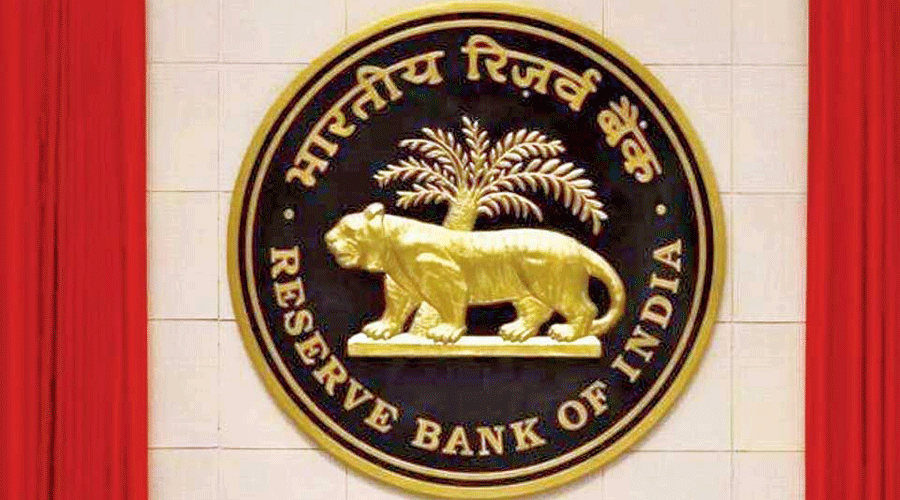The Reserve Bank of India has, once again, hiked the repo rate by 50 basis points to 5.90. This is the highest the repo rate has been since April 2019. It is also the fourth change since May 2022. The pandemic left supply chains broken leading to a global inflation in fuel and commodity prices. This, in turn, forced the hands of major central banks like the Federal Reserve in the United States of America to hike their policy rates. The RBI had to follow suit since the inflationary rate in India has been hovering above its tolerance boundary and the interest rate differentials opening up had put pressure on the Indian rupee to depreciate as dollar funds flowed out of the economy. The RBI changed tack from a stance accommodating macroeconomic growth to one of inflation-targeting. Monetary policy is supposed to affect output and employment in the short-run and control inflation by ensuring that the growth of liquidity in the financial system stays within bounds. Seemingly, the central bank has played its cards in an expected fashion according to textbook wisdom. What is not known in the current situation, and is not clearly enunciated in textbooks, is how monetary policy should operate in a situation where there are recessionary trends as well as inflationary pressures. This is a situation prevailing worldwide. In the US, there is expectation of recession as domestic production has shrunk but labour markets remain unusually tight. Had global price pressures been absent (or much milder), would there have been a change in the RBI’s stance?
A hike in interest rates has domestic consequences. The cost of borrowing goes up and people with fixed incomes find their costs climbing. Output and employment might get squeezed in the process. The monetary authorities might care to think about two things: first, there should be a forward guidance from the central bank as to how much the repo is expected to rise and how soon. Policy surprises are best avoided. Second, which are the sectors where monetary policy changes get transmitted fast into cost changes? It ought to be known whether these sectors are also suffering from supply change damage or low demand. A blanket policy might not correct the different economic sectors equally well. The bottom line is that the Indian economy’s full recovery after the ebbing of the pandemic is incomplete and international uncertainties are unlikely to go away in a hurry.











